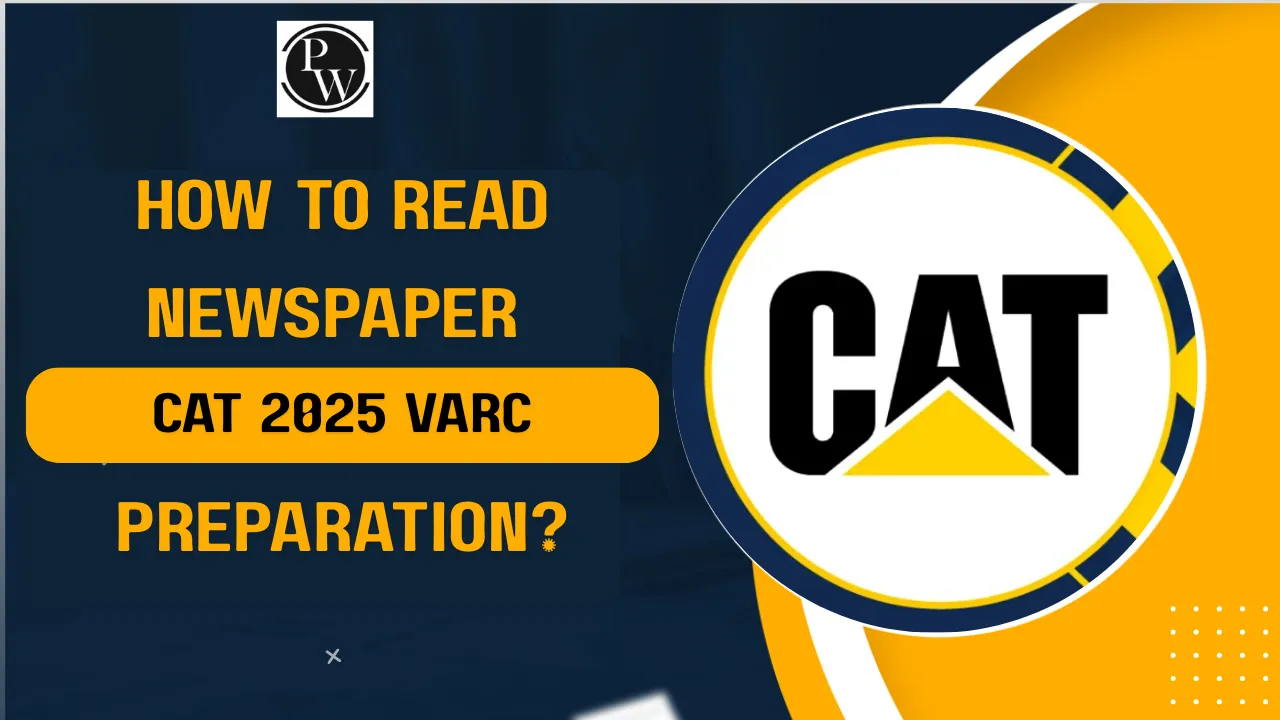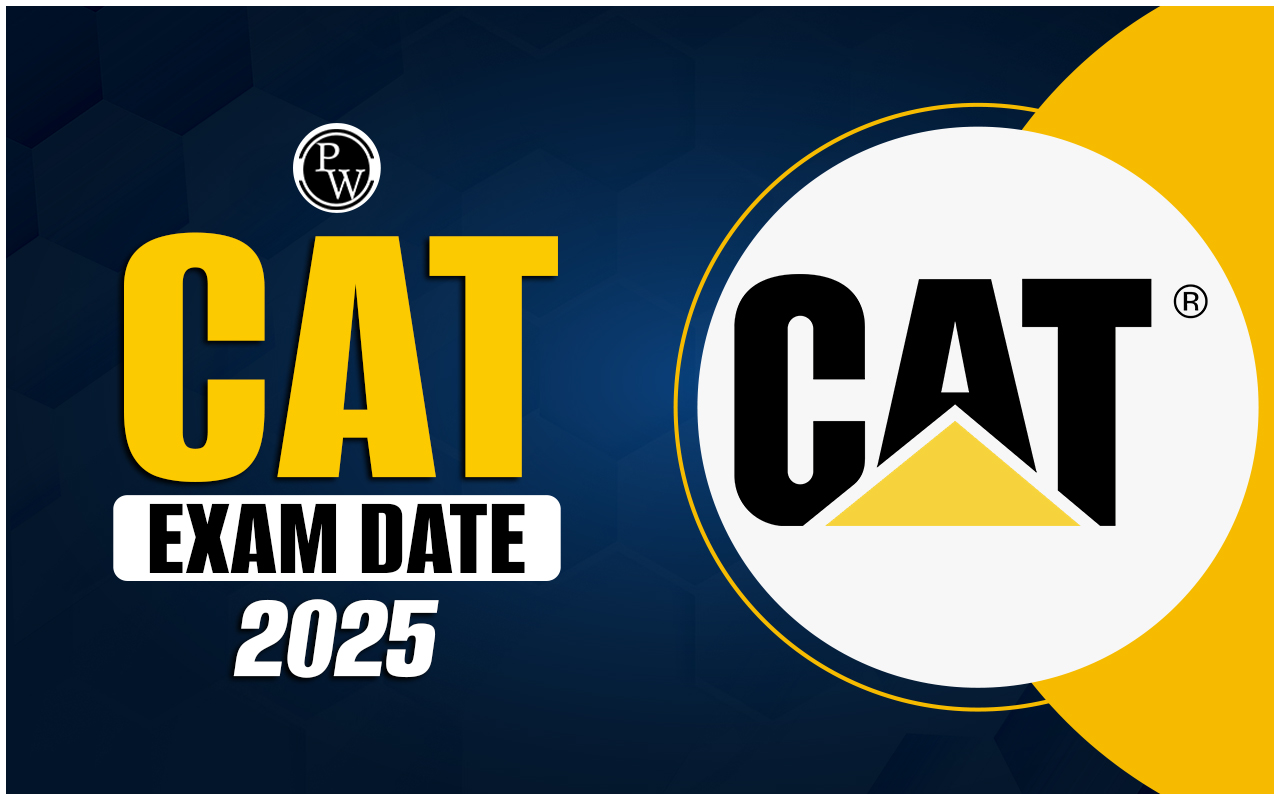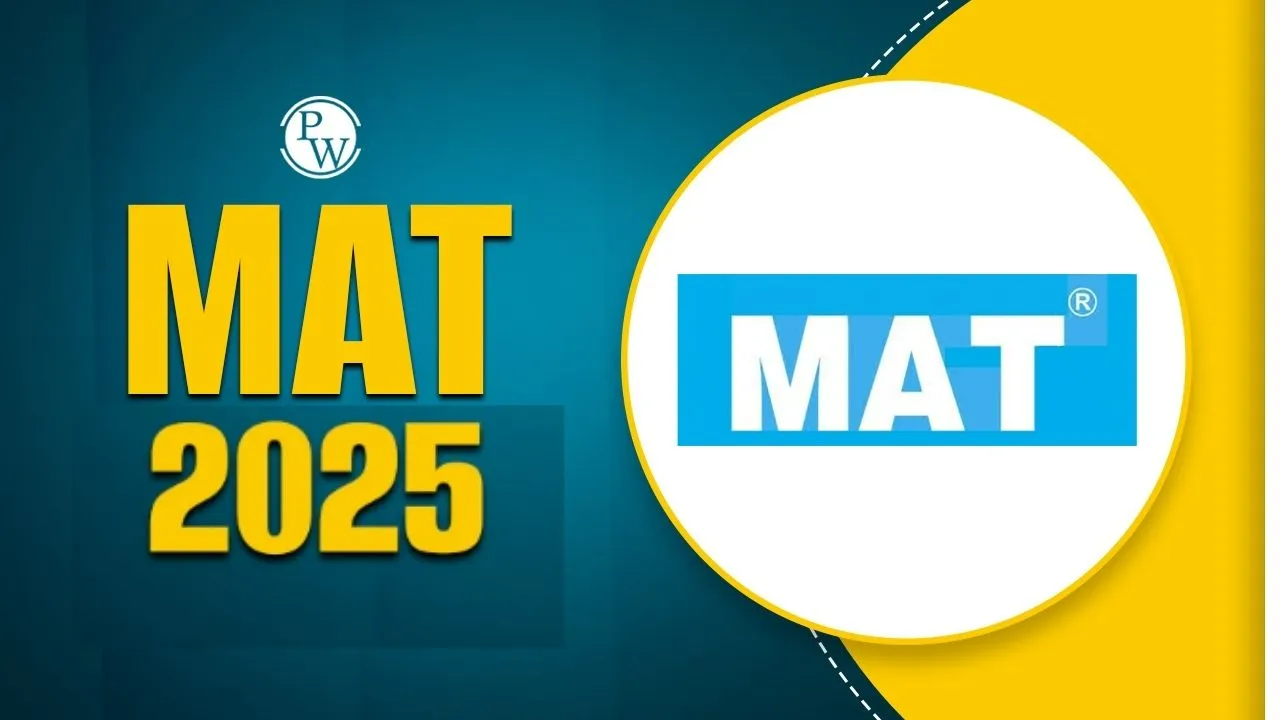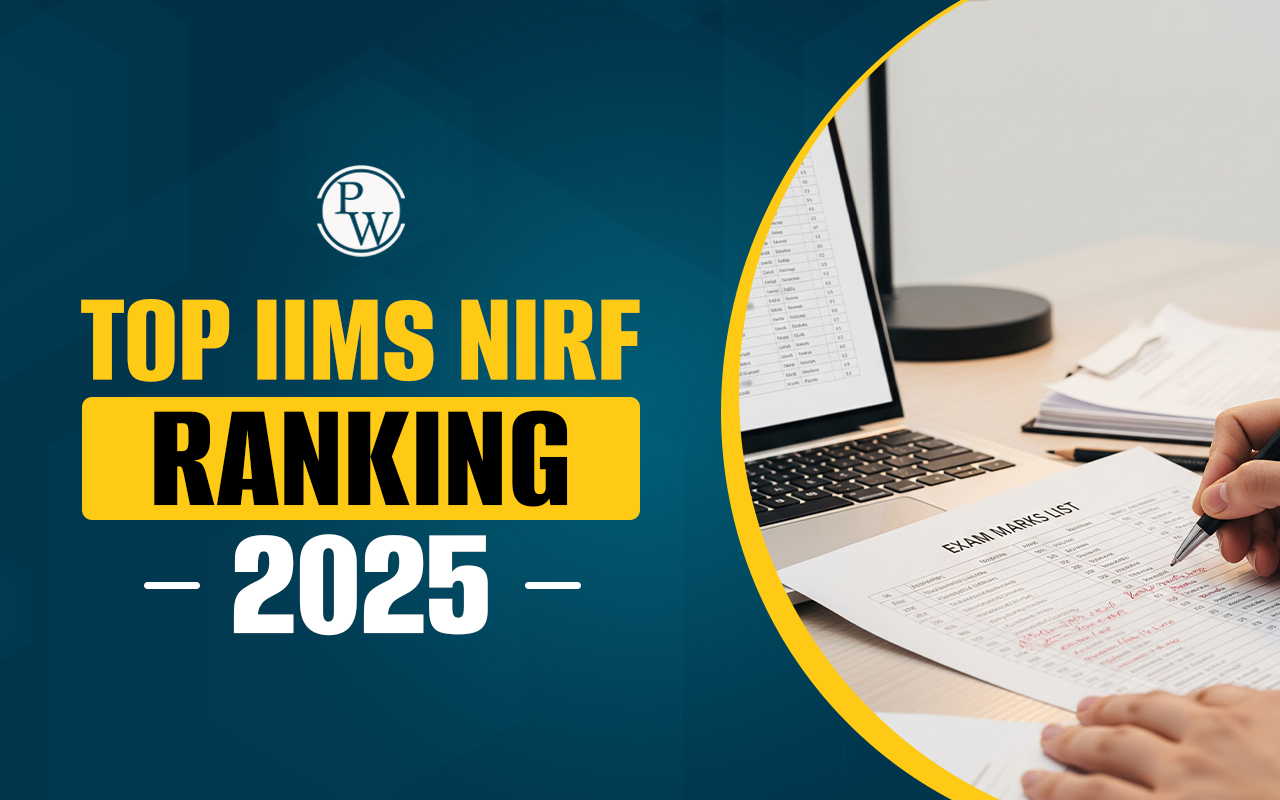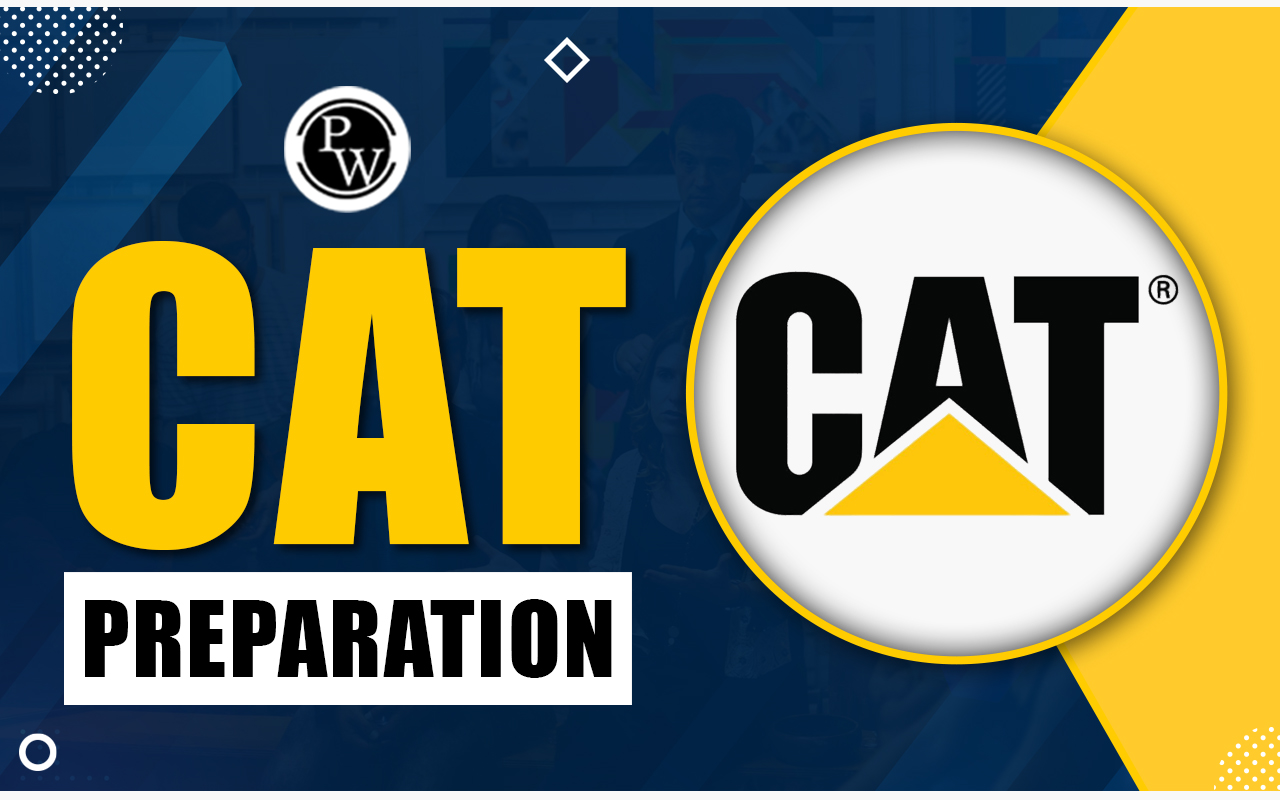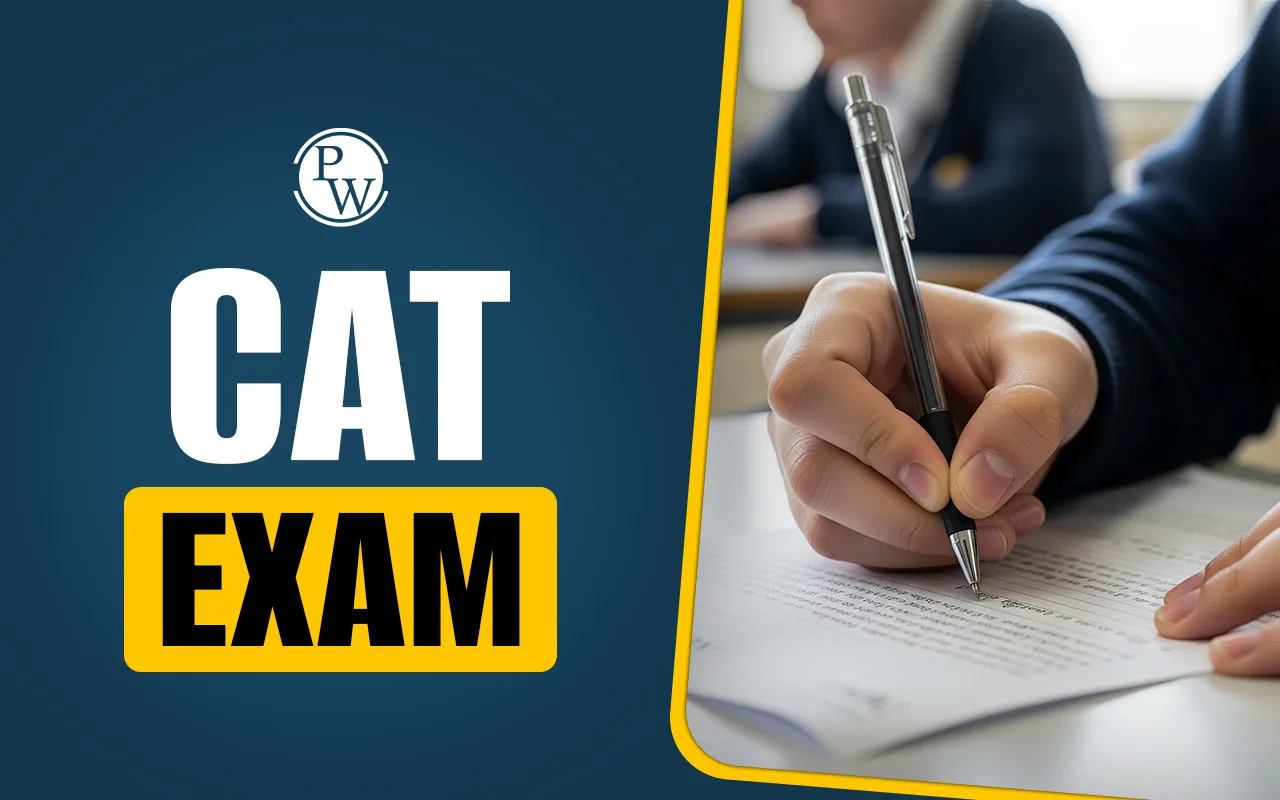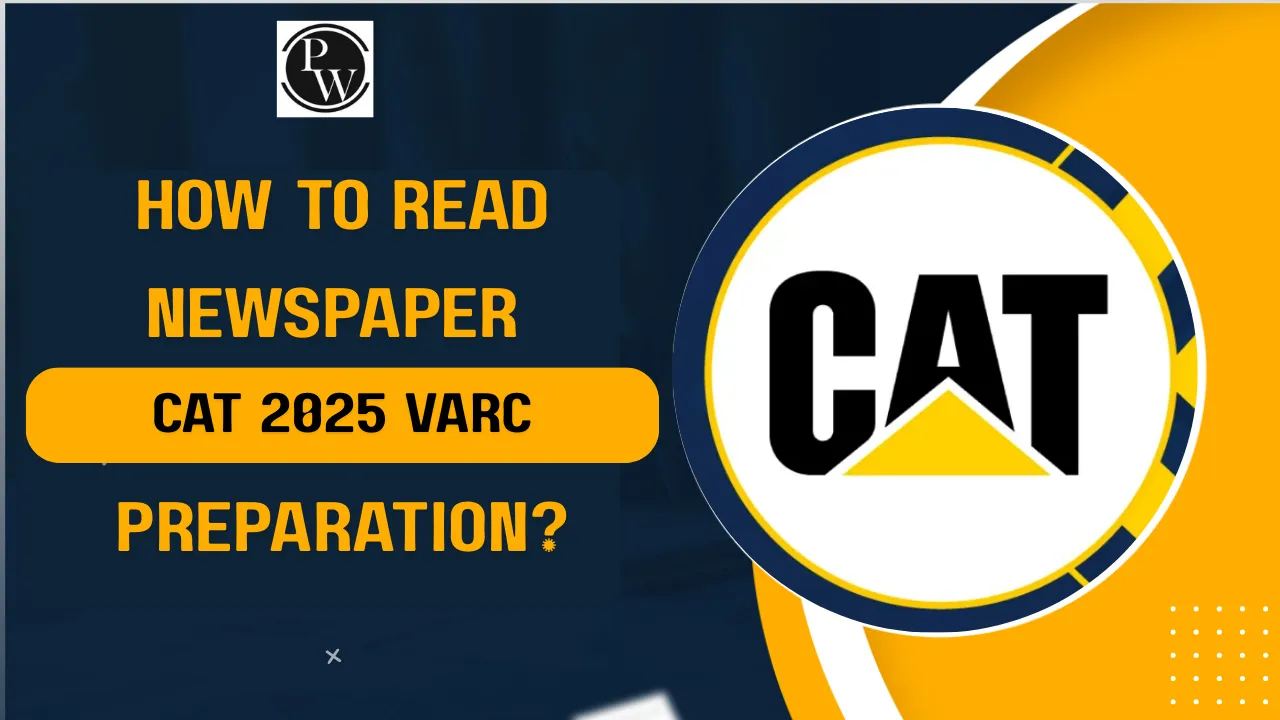
How to Read Newspaper CAT 2025 VARC Preparation: Newspapers play a crucial role in enhancing awareness and strengthening candidates’ reading habits. These aspects are essential to score good marks in the CAT VARC section. While news channels provide quick updates, reading newspapers improves comprehension skills, preparing candidates for the CAT 2025 exam.
For CAT aspirants, especially those focusing on the VARC section, merely practising mock tests and sectional exercises isn’t enough. To excel in the RC questions, candidates must develop a habit of reading newspapers daily. However, to develop critical thinking and vocabulary, candidates should effectively use newspapers.
Why Read Newspapers for CAT VARC?
Newspaper reading is an effective way to improve Reading Comprehension (RC), Vocabulary, and Critical Thinking. Here are the key reasons to read newspapers for CAT VARC preparation:
-
Improves Reading Speed & Comprehension: Regular reading helps aspirants process complex passages quickly and understand their context effortlessly.
-
Enhances Vocabulary: Through newspapers, candidates learn new words. With regular exposure to diverse words, phrases, and idioms, candidates’ vocabulary improves.
-
Familiarises Candidates with Diverse Topics: CAT often includes economy, philosophy, science, psychology, and global affairs in its RC passages. By reading newspapers regularly, candidates get familiar with various topics, which helps them solve questions about different topics during the actual exam.
-
Develops Critical Thinking & Logical Analysis: Regularly reading newspapers helps in developing critical thinking and analysis, which is essential for tackling inference-based and assumption-driven questions.
-
Helps in GD/PI Preparation: Staying updated with current events is vital for group discussions and personal interviews. Thus, reading newspapers for CAT VARC eventually prepares candidates for GD/PI rounds.
Recommended Newspapers for CAT 2025 VARC Preparation
There are many newspapers candidates can read to strengthen their CAT 2025 VARC preparation. Here are some of the credible newspapers that help the candidate in improving their CAT RC preparation:
-
The Hindu: This is known for good editorial analysis, philosophy, and economy-based articles.
-
The Indian Express: Articles in the Indian Express offer clear, analytical writing with strong opinion pieces.
-
The Guardian Ideal: It is known for abstract RCs and global perspectives on literature and politics.
-
The New York Times: Good for science, technology, and global economy topics.
-
Financial Times / The Economic Times: These are crucial for strengthening comprehension and knowledge of business, finance, and economic policies.
Which Sections of Newspaper to Focus On for CAT VARC?
Not all sections of the newspapers contribute to CAT VARC preparation. Candidates must prioritize the ones that improve reading comprehension, critical thinking, and logical reasoning.
Here are the key sections to focus on when preparing for CAT VARC through newspapers:
Editorial & Opinion Sections
The editorial and opinion sections of a newspaper are invaluable for CAT VARC preparation, as they help aspirants understand complex sentence structures and subtle arguments. These sections provide well-articulated viewpoints on socio-political, economic, and philosophical topics, which improves a candidate’s ability to analyze arguments, the tone of the content, and the author’s intent. All these aspects are crucial for reading comprehension (RC) questions in CAT.
To make the most of this section, aspirants should focus on identifying the main idea of the article, as this helps in grasping the core argument quickly. Additionally, recognizing the author’s tone can help in solving inference-based RC questions. Finally, summarizing an article in 2-3 sentences after reading ensures better retention and clarity of thought.
Science & Technology
Scientific and technological advancements are other common topics covered in CAT reading comprehension passages. Understanding logical flow, cause-effect relationships, and scientific reasoning is crucial for tackling RC questions. Unlike technical research papers, newspaper articles on science and technology present information in a simplified, easily understandable manner, making them a valuable resource for CAT aspirants.
While reading such articles, candidates should focus on core concepts and their implications rather than getting lost in technical jargon. Topics like artificial intelligence (AI), climate change, medical breakthroughs, and space exploration frequently appear in RCs. Therefore, staying updated on these subjects can provide an edge in understanding complex scientific arguments.
Business & Economy
A significant number of CAT RC passages are based on economy, finance, and global trade topics. Therefore, it is essential for aspirants to be familiar with such topics. Regularly reading business news helps in understanding fundamental terms like GDP, inflation, fiscal deficit, and monetary policy, which frequently appear in RC passages.
Staying updated on global trade policies, stock market trends, and government economic reforms also improves an aspirant’s ability to comprehend financial reports and analytical pieces. Since CAT often tests candidates on their ability to interpret data-heavy and jargon-filled articles, reading business and economy-related articles can significantly enhance reading speed and contextual understanding.
Philosophy, Literature, & Psychology
CAT aspirants often find RC passages based on topics related to philosophy, literature, and psychology challenging. Reading articles on existentialism, morality, ethics, consciousness, and human behaviour prepares candidates for abstract reasoning and complex argument structures.
Additionally, newspapers and international publications often provide opinion pieces on philosophical debates, literary critiques, and psychological studies, which can help aspirants develop critical thinking and interpretive skills. Reading such content enhances a candidate’s ability to decode abstract themes and analyse deep-rooted arguments, making RC passages in CAT much easier to understand.
International Affairs & Global Issues
CAT does not just test language skills, but it also evaluates an aspirant’s ability to analyse diverse topics and perspectives effectively. Reading about international politics, trade relations, climate policies, and diplomatic affairs helps candidates build a well-rounded understanding of global issues. Since RC passages often include excerpts from international reports and policy documents, familiarity with global affairs and geopolitical developments enhances comprehension and inference-making abilities.
How to Read Newspaper CAT 2025 VARC Preparation?
Newspaper reading is a crucial practice for CAT aspirants, particularly for improving VARC preparation. However, randomly skimming through newspapers is not enough. Candidates must follow a structured approach to maximise their preparation by reading newspapers. Below is a step-by-step guide to reading newspapers effectively and efficiently for CAT preparation.
Step 1: Select 2-3 Important Articles Daily (30-40 mins)
To make newspaper reading productive, candidates must be selective in choosing articles. Avoid wasting time on sensational news, sports updates, or entertainment pieces, as they do not contribute to CAT VARC preparation. Instead, focus on articles that challenge comprehension skills and build analytical thinking.
The editorial and opinion sections are highly beneficial, as they present well-structured arguments and diverse perspectives. Additionally, articles related to economy, science, philosophy, and global affairs are good choices because these topics frequently appear in CAT RC passages. Ideally, aspirants should aim to read 2-3 articles daily to develop familiarity with complex texts without spending excessive time.
Step 2: Read Actively, Not Passively
Reading actively means concentrating on reading the articles rather than just skimming through them. Passive reading, where one simply moves their eyes over words without understanding them deeply, is ineffective for CAT preparation. Therefore, candidates should focus on identifying the main argument and the author's perspective in each article.
While reading the newspaper articles, candidates should underline or note down important phrases, arguments, and key transitions in the text. Logical connectors such as however, therefore, thus, and but play a crucial role in understanding the flow of arguments in a passage. Therefore, candidates must recognise these logical shifts as they help in anticipating the author's reasoning and accurately answering inference-based questions in CAT RC.
Step 3: Summarise in Own Words
One of the most effective ways to improve comprehension and retain the message of a passage is to summarise each article in a few sentences. After reading an article, aspirants should try to identify and summarise its key message, argument, and conclusion in just 2-3 lines. This practice helps candidates understand the text and also learn to articulate the ideas concisely. Summarization also helps in quick revision, as reviewing short notes is much easier than re-reading entire articles.
Step 4: Identify New Words & Build Vocabulary
Regularly reading newspapers is a crucial aspect of strengthening one’s vocabulary. Aspirants should make a habit of noting down at least 5-7 unfamiliar words from their reading. Further, they should focus on understanding how the word is used in context.
For effective learning, candidates should:
-
Find synonyms and antonyms for each new word.
-
Create their own sentences using these words.
-
Revisit their vocabulary list periodically to reinforce learning.
Building a strong vocabulary also helps in answering sentence completion, para-jumbles, and RC questions in CAT. Additionally, knowing the exact meaning of words helps identify the author's tone and intent in passages.
Step 5: Practice RC-Based Questions
To develop a reading comprehension mindset, candidates should actively engage with articles by asking themselves relevant questions. While reading, they should try to answer:
-
What is the central theme of the passage?
-
What tone does the author use? (Critical, analytical, sarcastic, neutral, etc.)
-
What can be inferred from the passage?
-
Does the author agree or disagree with a particular viewpoint?
This analytical approach prepares candidates to extract key details and improves RC-solving efficiency. Over time, aspirants will find that answering actual CAT RC questions becomes much easier.
For a structured and result-oriented approach, aspirants can join PW online coaching to prepare effectively for the MBA entrance exam with guidance, study materials, and mock tests.
TS ICET 2025 Preparation FAQs
Which newspaper is best for CAT 2025 VARC preparation?
Are newspapers enough for CAT 2025 VARC preparation?
Is reading newspapers necessary for CAT 2025 VARC preparation?
What is the right way to read newspapers for CAT 2025 VARC preparation?
How many newspaper articles should I cover every day for CAT VARC preparation?

